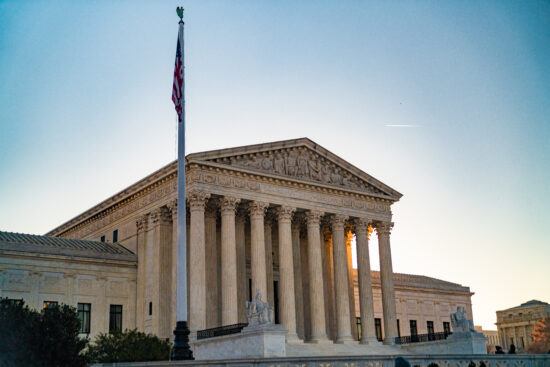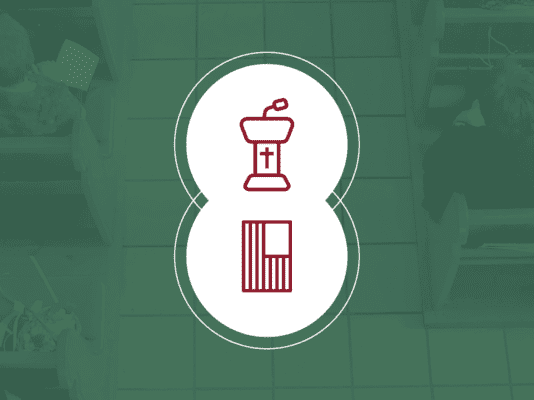A powerful movement is gaining momentum in America, sparking light in the darkness for those suffering from the diseases of addiction, depression or perhaps, just plain loneliness or general sadness.
It’s not a new or fancy concept, but church planting has received an updated model. The days of mega-church aspiration have gone. The new agenda for church leaders in many denominations is smaller, localized and targeted, and attuned to the immediate and tangible needs of their communities.
It’s why you see even small, relatively new churches slashing their staff, volunteers, budget and attendees in half to open up a church plant down the road, as did Waterline Church in Fishers, Ind., (where I attend.) It isn’t easy to sacrifice growth gained in a small church, but ensuring someone a few miles down the road feels they have easy access to a church near them that speaks to the needs in their life and community is essential.
It requires churches to give up the numbers that look like “success” on an annual report in order to gain a tally of souls revived from the depths of despair and hopefully, add their names to the Book of Life.
The process can’t necessarily be done by attempting to revive dying churches that already exist. As these older, more traditional parishes close at record rates—100 per week on average—church plants sprouting up across the country are the new life necessary to reach the desperate. Just like a new child revitalizes everyone around them, so it is with churches.
If something is alive, it thrives, grows, and multiplies. It gives life to entities it comes into contact with—and revitalizes the spaces where it resides. This is what the many church plants across the country are doing for communities that have lost all hope.
In West Virginia, for example, where the addiction crisis has hit very powerfully, less than half of residents say they attend church regularly. It’s similar in places like Ohio and Pennsylvania, where people will say religion is “important” to them, but rarely show up to a service. They are hungry for something that doesn’t yet exist for them.
What good is a nearly dead church 20 minutes away from a person who feels the leadership or the message isn’t connected to or affiliated with their life? Newness brings interest, opportunity, and change. And it doesn’t require a standard church building or model. The old tack doesn’t apply and the new approach is changing lives everyday.
Some are taking this on by implementing “house churches,” small groups of people coming together in the privacy of a home for weekly worship and Bible study – no strings attached.
The Village Church, a mega-church in Dallas, recently transitioned from multi-site campuses to transforming each campus into its own individual church body to better meet the needs of members.
In Indianapolis, Craig and Tiffany Thurmon of the Encounter Assembly, a church plant that meets in their home, ran a bi-monthly “Wing and a Prayer” gathering in a very specific area of the city where homicides are commonplace and liquor stores are found on every corner. A few miles down the road, former pastor Bern Lytle regularly stands guard at “Free Prayer” table at the local YMCA, offering conversation, prayer, and chance for hope before someone heads back to their car after a basketball game, their child’s swimming lesson, or an aerobics class. There are so many ways to plant a church, simply “where two or three are gathered,” and meet people where they are right now.
The tens of thousands of Americans currently suffering from addiction, depression and suicidal thoughts are in desperate need of a life-giving source. When at least 40 percent of new church plant attendees are previously “unchurched” or haven’t been to church in 10 years, it’s obvious there is a thirst for more.
When it comes to those suffering from the addiction crisis in particular, there’s a contingent of people looking for more than Alcoholics Anonymous or a similar 12-step programs. While AA has certainly been a literal lifesaver for thousands of people, the ability to drop the anonymity and forge an authentic relationship with Jesus is the testimony of freedom that will make a significant difference in the lives of those around them.
And while pastors and church leaders have their place, it’s the testimonies of our peers that often make the biggest impact. Those personal stories of redemption—from the mom who nearly lost her life in childbirth to the man who overcame horrific childhood trauma to find a grace-filled faith—are the ones that are shared in small spaces. They are the stories of hope where God’s personal and redemptive power cannot be denied. Church plants are often the places where people feel safe sharing their stories. This movement is going to change the country in all the very best ways.






